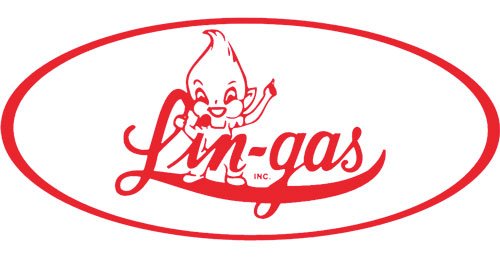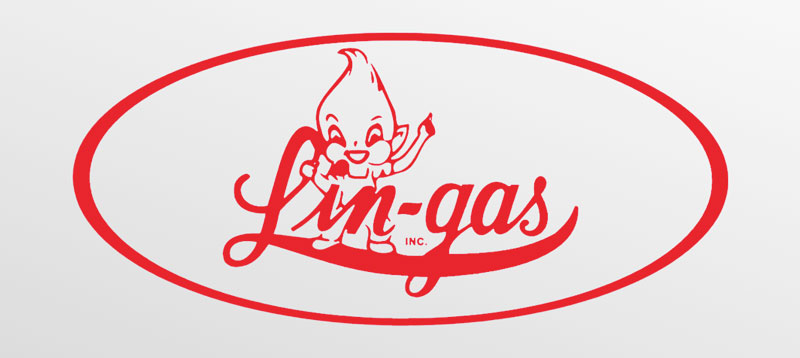Propane Tanks — How They Work and Why They Are Completely Safe
People have a lot of questions about propane fuel. There are news stories every now and again about a tank of propane bursting, or something catching fire due to an ignition linked, at least partially, to nearby propane equipment. Consequently, people become understandably just a bit curious about propane safety.
Most people become curious about propane tanks in general. How can something so flammable be safely stored in a tank that some homeowners keep inside their homes, or very close to it? Well, keep in mind that those tanks are very well built. The reason they’re used is simple — propane can exist as a liquid or a vapor, but is literally hundreds of times more compact as a liquid than it is as a gas. Storing propane inside of those tanks you see is a choice made by the math of the situation. If you wanted to buy propane as a gas, you’d be getting about 270 times less energy for the same tank.
When propane is released from the tank, it comes out as a clean-burning fuel gas. Millions of homeowners, businesses, industrial and agricultural sites, and other locations rely on this gas for its versatility and efficacy. It’s widely used for heating or cooling air, cutting, heat treating, barbecuing, crop drying, cultivation, water heating, and refrigeration. Propane services virtually every need.
The gas itself isn’t a danger to you at all. In fact, if it weren’t for the engineers and manufacturers adding odorants to it, humans wouldn’t be able to detect it at all! It’s also non-toxic, so there’s very little to be afraid of when it comes to propane.
Of all the various available gas products, propane fuel is easily one of the safest and most cost-efficient fuels available today. There’s a lot of hard science and intelligent engineering responsible for those tanks and the gas inside of them. They’re very safe to use.







